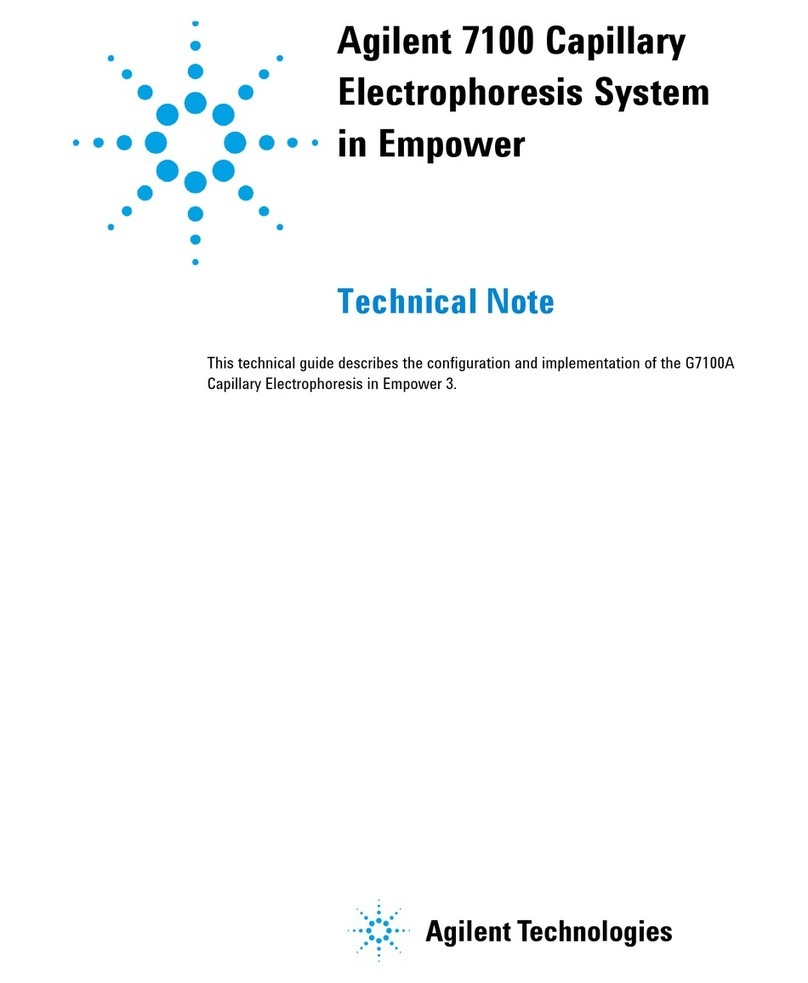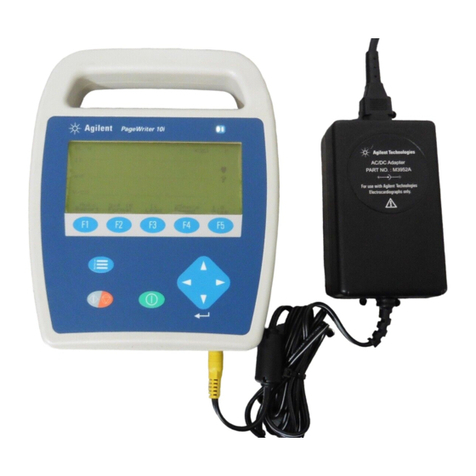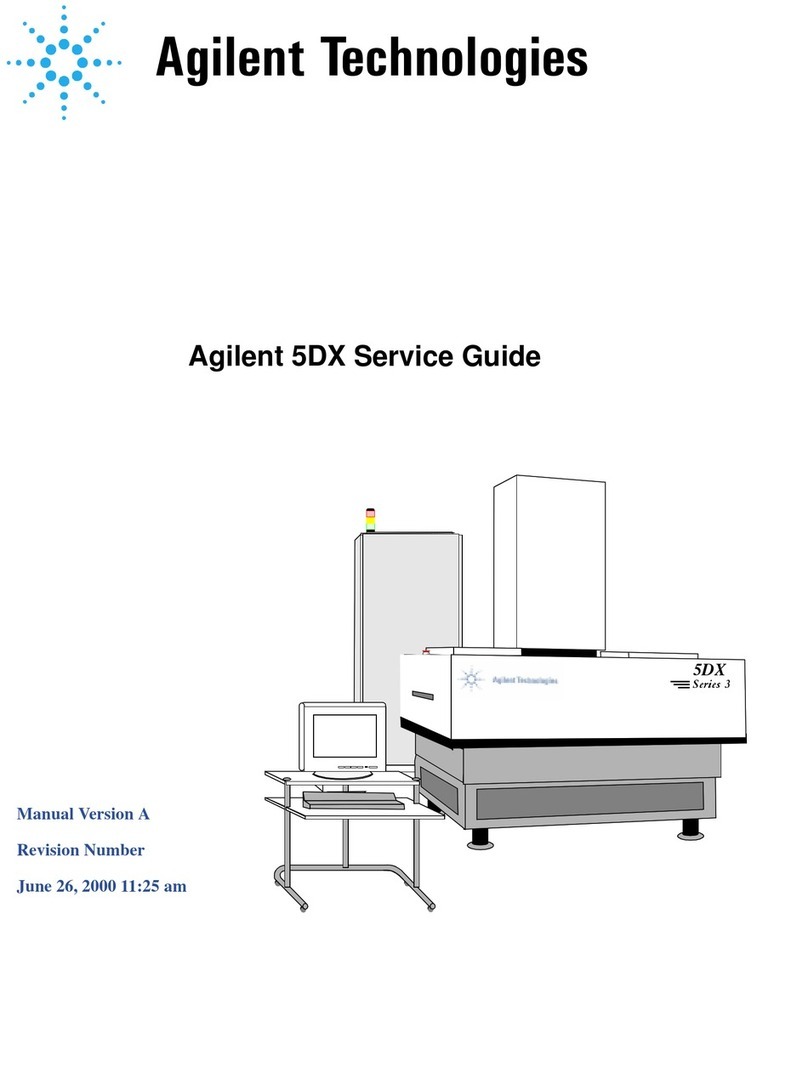Agilent Technologies M4735A User manual
Other Agilent Technologies Medical Equipment manuals
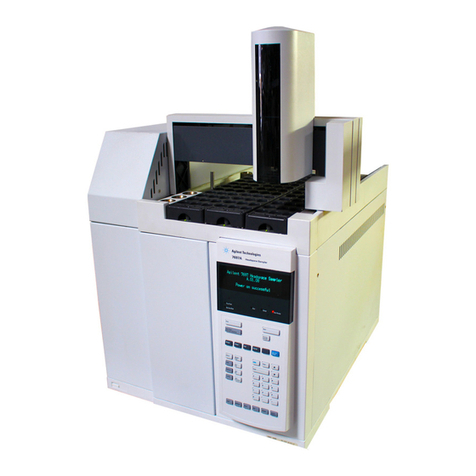
Agilent Technologies
Agilent Technologies 7697A Operating instructions
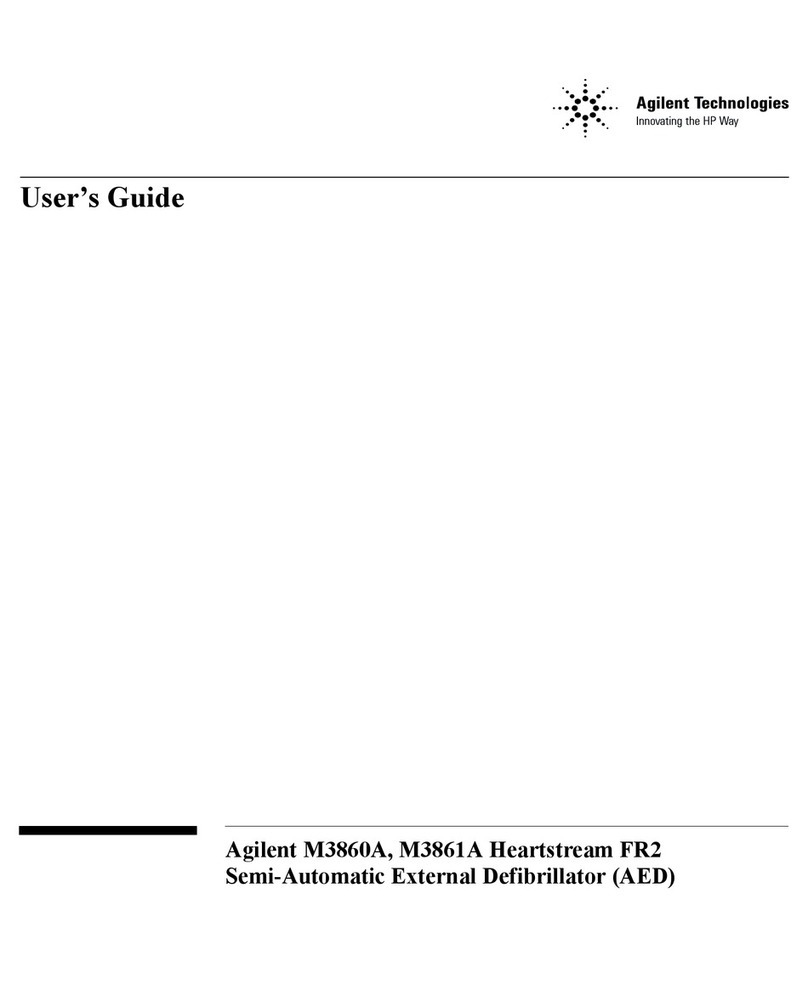
Agilent Technologies
Agilent Technologies M3860A User manual

Agilent Technologies
Agilent Technologies 7697A User manual

Agilent Technologies
Agilent Technologies 7697A User manual
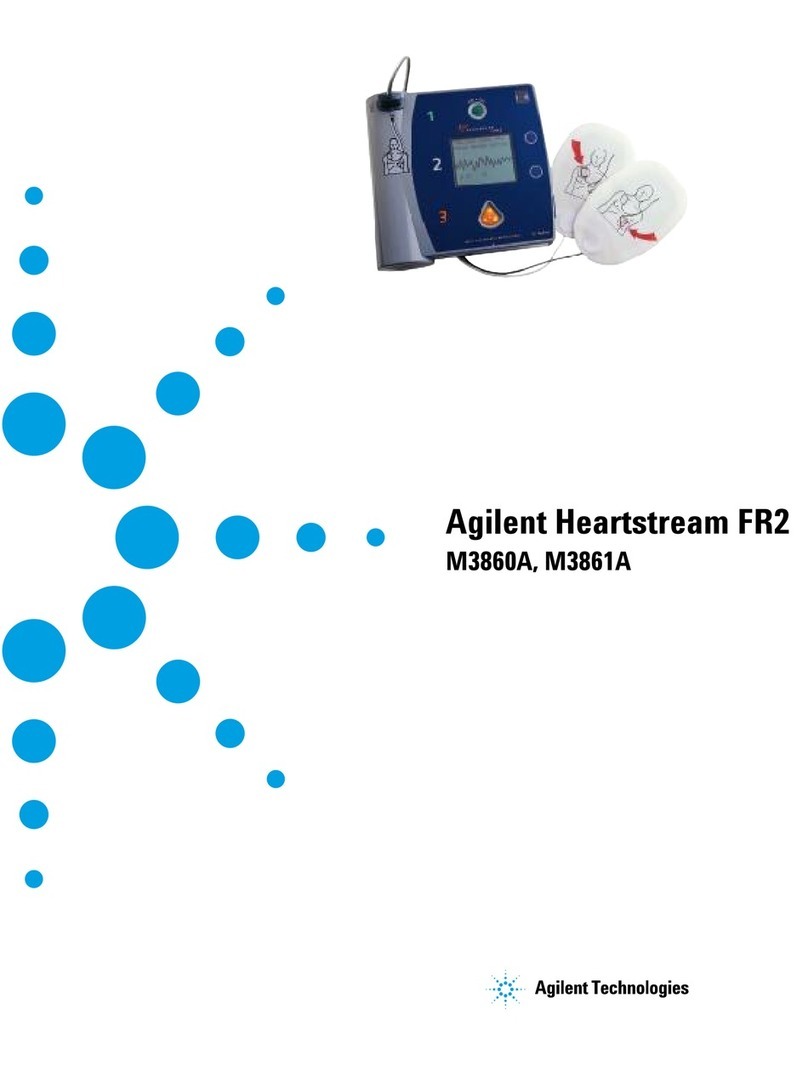
Agilent Technologies
Agilent Technologies Heartstream FR2 User manual
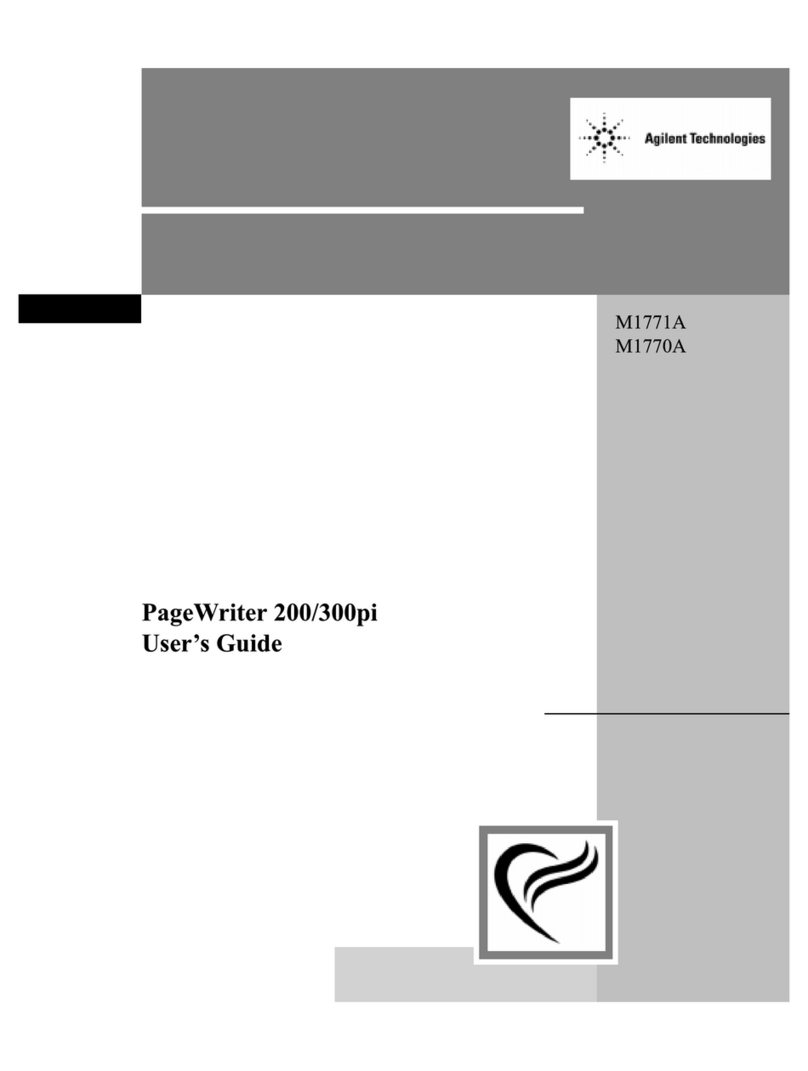
Agilent Technologies
Agilent Technologies PageWriter 200 User manual

Agilent Technologies
Agilent Technologies Varian VK 7025 User manual

Agilent Technologies
Agilent Technologies 5200 Installation and operating manual
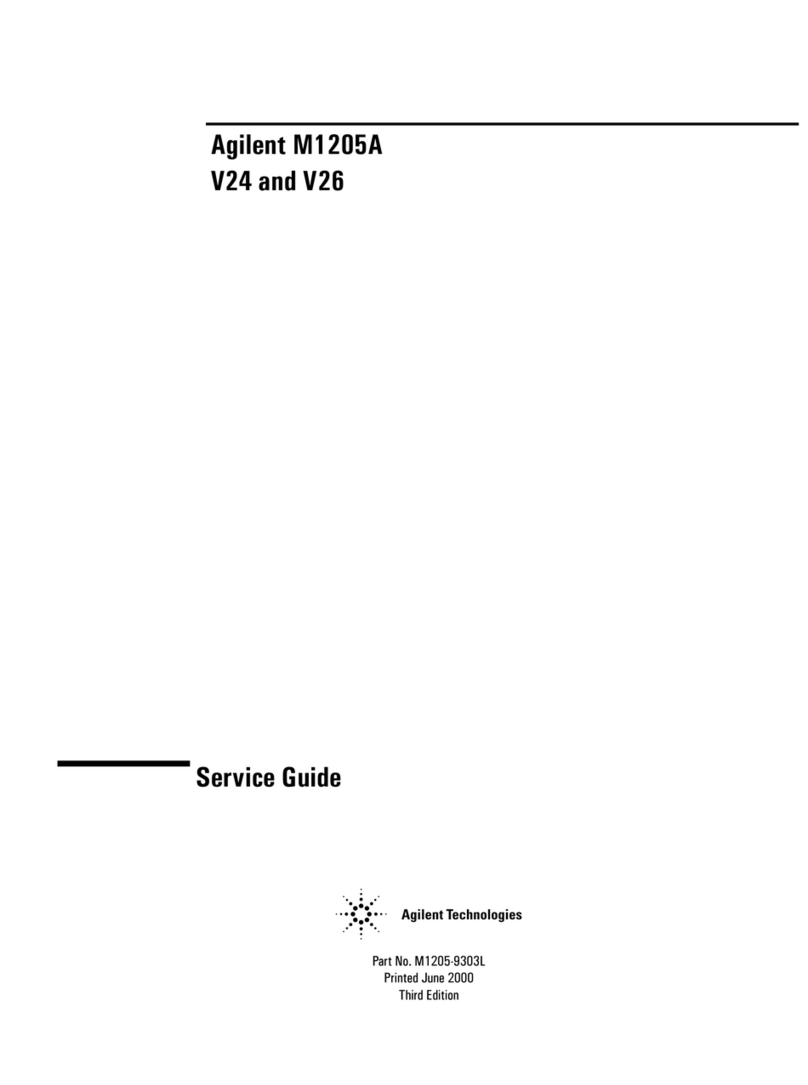
Agilent Technologies
Agilent Technologies M1205A V26 User manual

Agilent Technologies
Agilent Technologies 7697A Guide
Popular Medical Equipment manuals by other brands

Getinge
Getinge Arjohuntleigh Nimbus 3 Professional Instructions for use

Mettler Electronics
Mettler Electronics Sonicator 730 Maintenance manual

Pressalit Care
Pressalit Care R1100 Mounting instruction

Denas MS
Denas MS DENAS-T operating manual

bort medical
bort medical ActiveColor quick guide

AccuVein
AccuVein AV400 user manual
